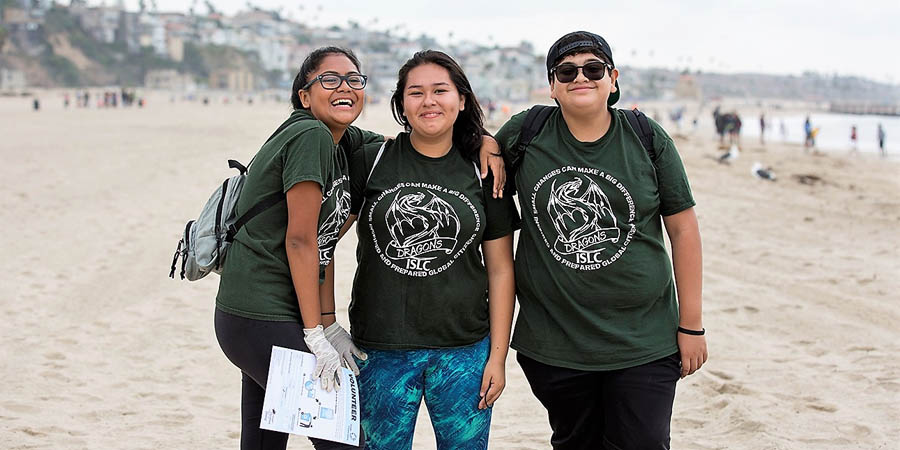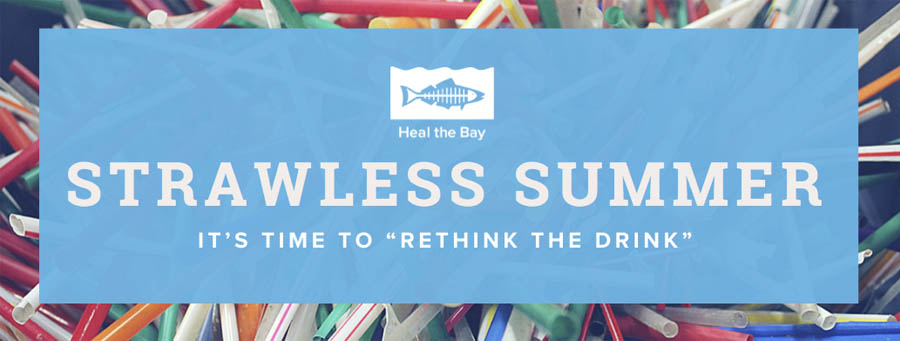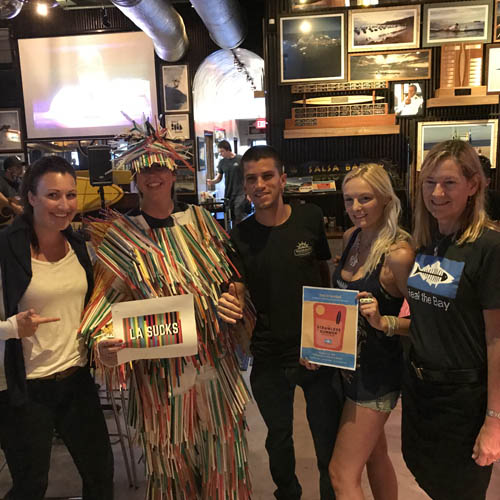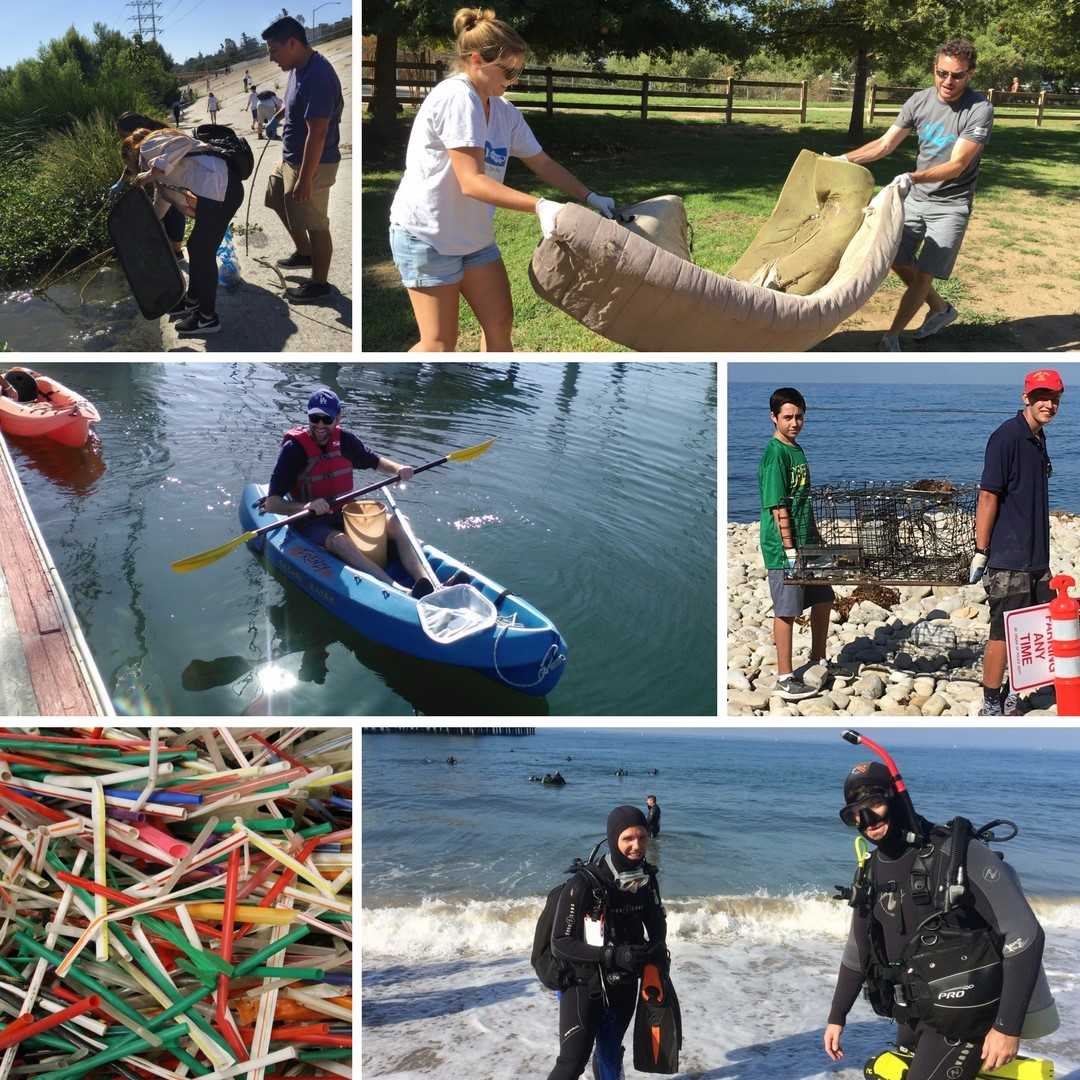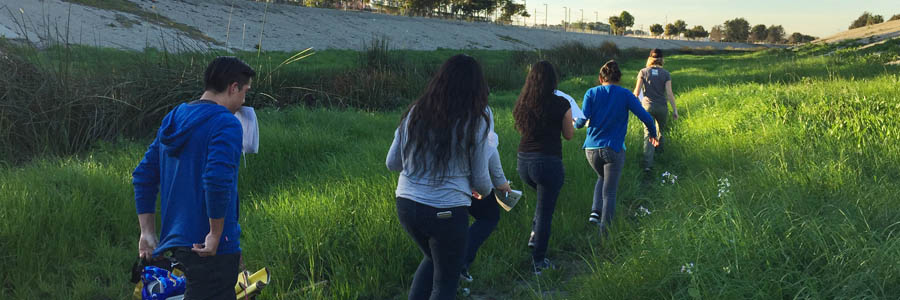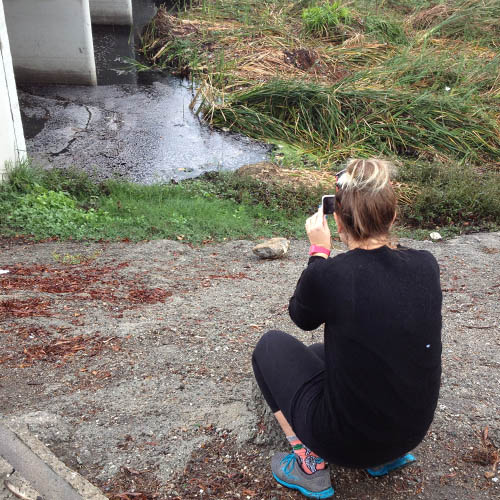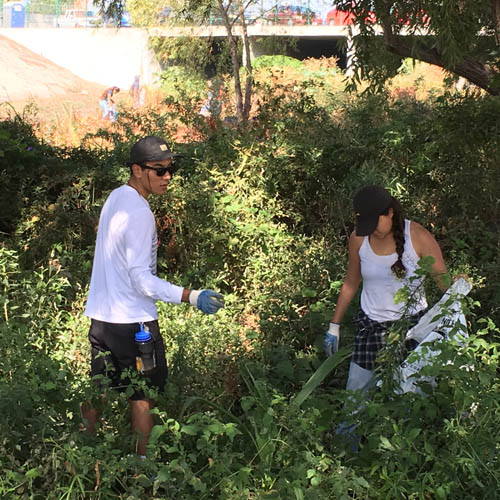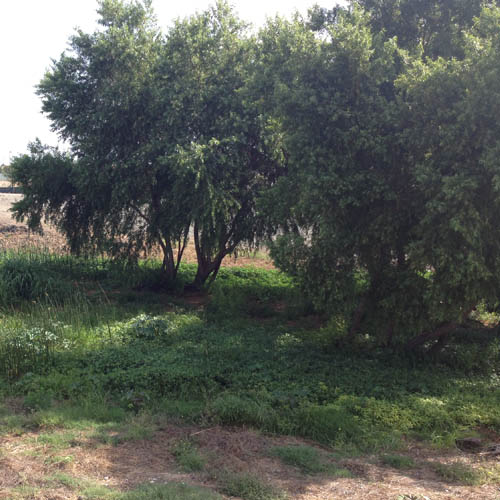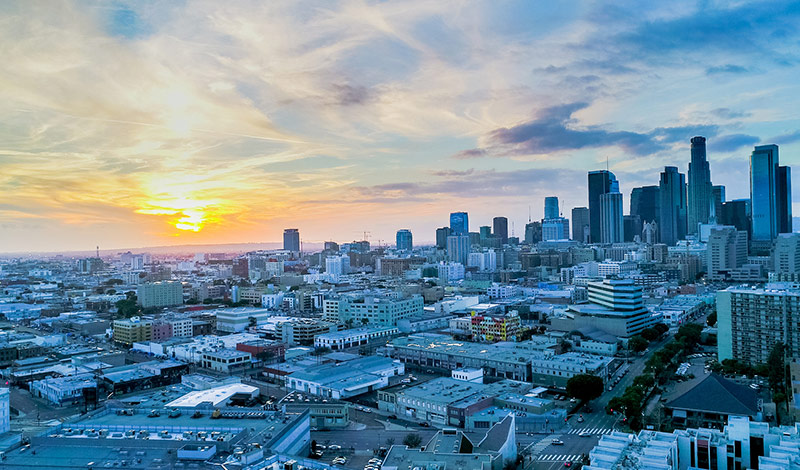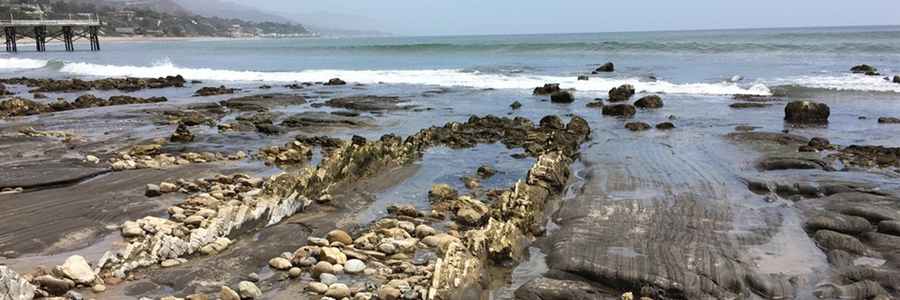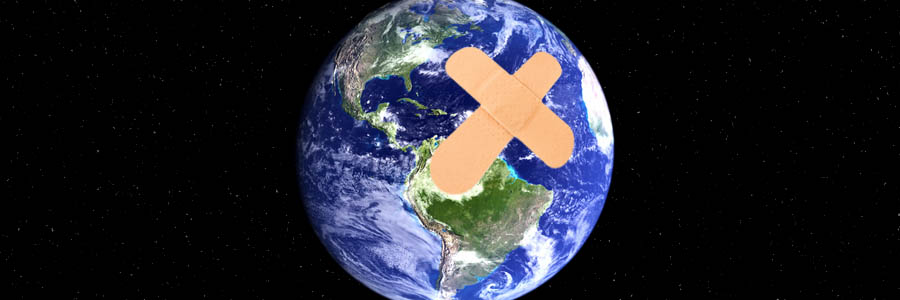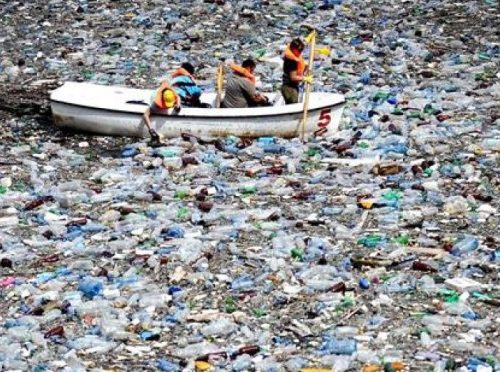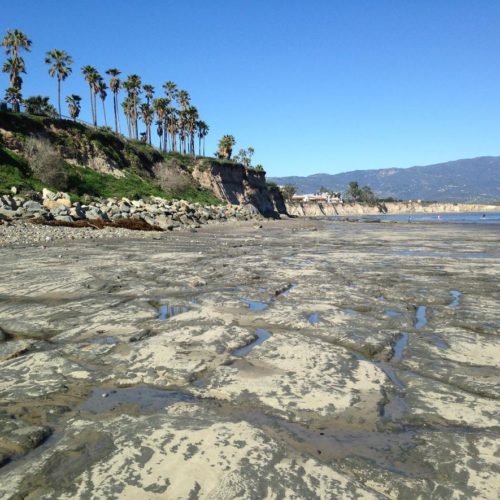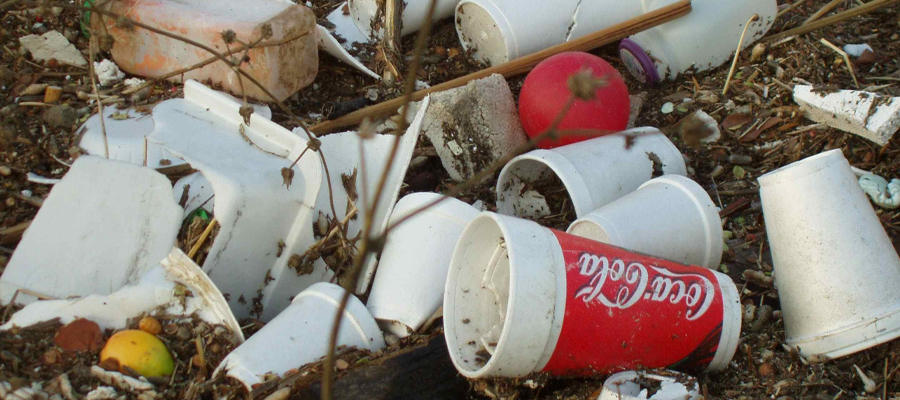Spending time with some exceptional students at the 28th annual Coastal Cleanup Day serves as a real pick-me-up for Communications Director Matthew King.
After 10 years at Heal the Bay, I’ve become a bit jaded about our cleanups. I see the same mounds of trash every time I head to a site – cigarette butts, plastic water bottles, fast-food wrappers, you name it.
In the time I’ve worked here, our cleanup volunteers have removed more than 2.6 million items of man-made debris from L.A. County shorelines. That astounding figure stirs mixed emotions. It’s saddening to realize that we still treat our natural places as trash dumps, but it’s also reassuring to know so many Angelenos still care enough to donate a Saturday morning to protect what they love.
Coastal Cleanup Day 2017 was no different. Under pleasantly overcast skies, volunteers stretching from Compton to Malibu collected roughly 23,000 pounds of trash in just under three hours. To put that in perspective, that’s about the weight of two enormous T. Rex dinosaurs!
Beyond the usual suspects, we found a few oddball items this year – a drone that must have crash landed underneath the Redondo Pier, a whole set of unopened men’s dress shirts resting forlornly on the sand at Will Rogers State Beach, and a jock-strap and cup in Palos Verdes. (Props to whoever had the nerve to pick it up!)
It’s also revealing to see what we didn’t find. A veteran site captain at Sepulveda Basin Wildlife Reserve was astounded how few plastic bags they found at this L.A. River location, which has historically been visibly choked with plastic bags. It’s a good sign that the recently passed state ban is working!
In all, more than 9,600 volunteers joined us at 61 sites across the County today. We always mobilize a cross-section of greater L.A, both the famous and not-so-famous. I’ve met professional surfers, NBA centers, All-Star outfielders and Oscar-winning actors. But it’s usually the everyday folks like you and me who have interesting stories to tell.
Take the inspiring group of six students from Bell Gardens High School who served as site captains for our beach cleanup in Playa del Rey today, under the caring guidance of teacher Patty Jimenez. The youth brigade — Angel Diaz, Christopher Linares, Heidi Lara, Kimberly Gonzalez, Otzara Villalobos and Vanexi Jaramillo — mobilized 342 volunteers, who collected 235 pounds of ocean-bound debris.

I first met four of these kids last Wednesday morning at a KTLA Channel 5 news shoot to promote today’s cleanup. They had all arisen at 3 a.m., clambered into Patty’s sedan and traveled 23 miles in darkness to do a series of live interviews at the Del Rey Lagoon. With the bright lights of the camera staring them down as dawn broke, they spoke passionately and endearingly on live TV about their desire to curb cigarette-related pollution. Patty beamed at each of her charges, nodding as they offered simple but powerful testimony.
But what really touched me that chilly morning had come a half hour earlier. I had approached Patty’s car to give the group a heads-up and to share some media tips. A gaggle of kids sat quietly inside, dressed in their teen uniform of denim, hoodies and Vans tennis shoes.
And then I saw something beautiful that made me well up.
In the cramped back seat, two students scanned textbooks, using their mobile phones to illuminate the pages in the dark. They were doing their math homework — in an unfamiliar neighborhood, hours before their school day would start and hours before most of their peers would even be awake.
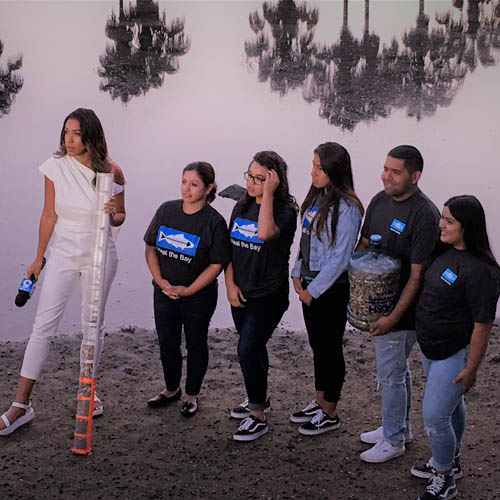
I told Patty how moving the sight had been and she shared that that these students’ work ethic and optimism keep her motivated when she faces obstacles at school. She shared that this same group of students played a lead role last month in convincing the Bell Gardens City Council to adopt its first ban on smoking in parks and recreation areas.
The simple scene in the car gave me a moment of hope about the public school system, and Patty’s story gave me hope about the next generation of environmental stewards. This is why I work at Heal the Bay, to help my colleagues create leadership opportunities for students like Patty’s, to connect people from all across our region to their watersheds and to each other.
That to me is the real gift of Coastal Cleanup Day.
You can find more images from the day on our Flickr album and at our Facebook Page (check out the new videos, too).
Thank you to all our site captains, volunteers, partners and staff. We couldn’t have done this without you! And a special thank you to this year’s organizers, sponsors and otherwise remarkable organizations: California Coastal Commission, California State Parks Division of Boating and Waterways, City of Santa Monica, Golden Road Brewing, Los Angeles County Department of Public Works, Schuchart/Dow, Union Bank, LAcarGUY, KIND Snacks and REI, as well as our photographers Nicola Buck, Cali Gilbert and Alvin Lam.
If you weren’t able to join us today, we have many volunteer opportunities throughout the year – out in the field, in our offices, or at our Santa Monica Pier Aquarium. Explore the various options and time commitments here.



